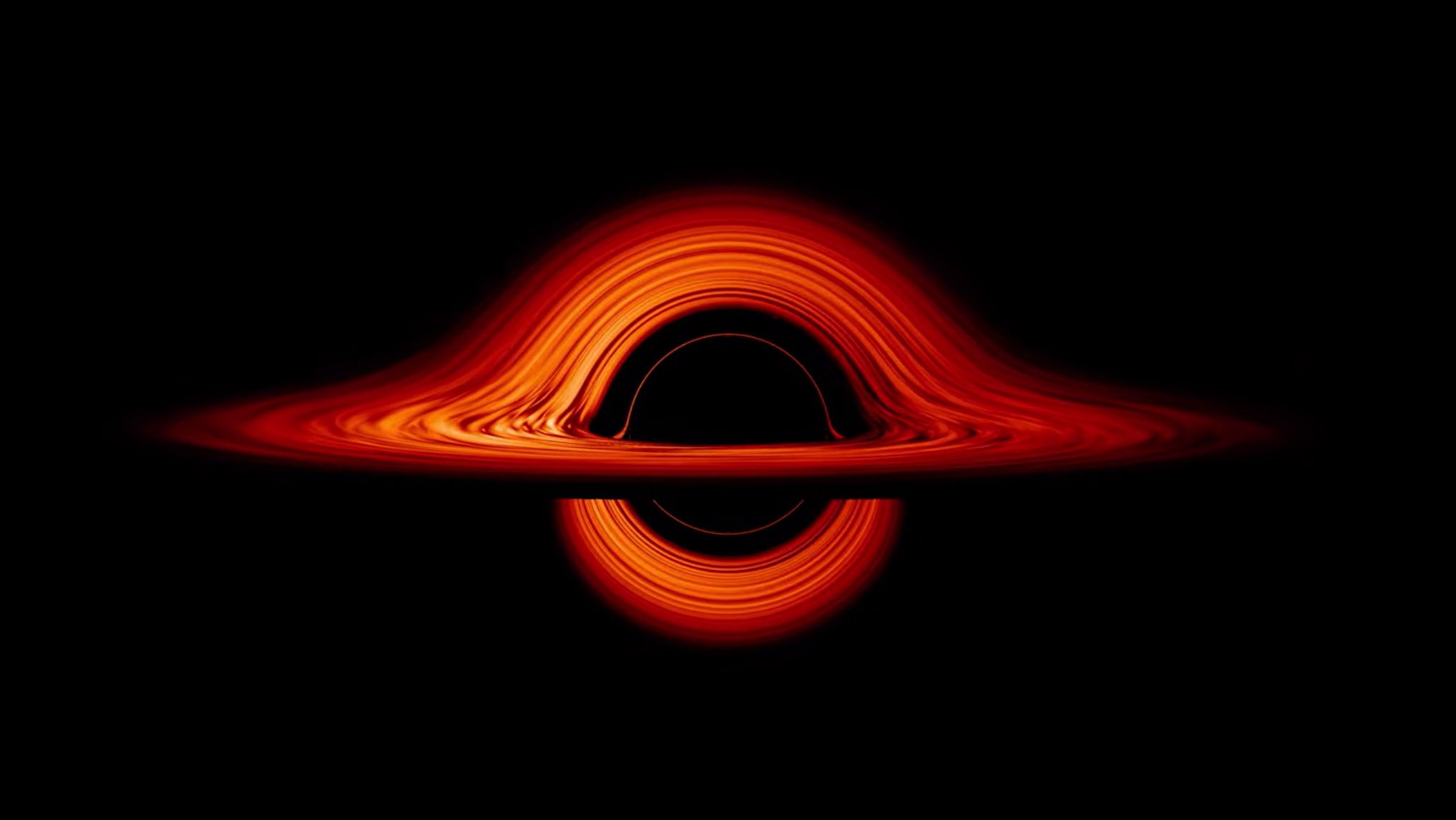Create a free profile to get unlimited access to exclusive videos, sweepstakes, and more!
A satellite galaxy to the Milky Way has a way too big black hole at its heart
Leo I is far too small for its enormous central black hole.

Our Milky Way galaxy is one of two big galaxies (Andromeda is the other) in a small clutch of galaxies we call the Local Group. There are dozens of smaller galaxies in the group, many of which can be considered satellites of Andromeda or us.
One of these is called Leo I, classified as a dwarf spheroidal galaxy. The name is apt; it's not terribly big and shaped roughly like a slightly squished cotton ball. It's only a few thousand light years across (the Milky Way is 120,000 light years wide) and has a total mass of something like 20 million times the Sun's — the Milky Way is more like 700 billion, so yeah, Leo I is dinky.
So it's very, very surprising to find out it has a supermassive black hole in its core that's nearly the equal of the one in the Milky Way: Astronomers just published research indicating it's a little over three million times the Sun's mass!
That's… shocking. I mean, really. What is a teeny tiny galaxy doing with such a ridiculously huge black hole? We know big galaxies like ours have black holes like that, but for ones like Leo I we expect them to be more like 10,000 to 100,000 solar masses. Not three million.
The astronomers weren't really expecting to see this. They weren't looking for it specifically. Instead, they were hoping to model the dark matter halo of the galaxy. We don't know what dark matter is made of, but we do know it exists and in general it makes up something like 85% of all matter in the Universe. Bigger galaxies have huge halos of dark matter that can be detected because the gravity of the material affects the way stars orbit in the galaxy.
That may be the case in dwarf spheroidal galaxies too. And since those are small, have fewer stars, and tend to be very low in other material like gas and dust, it's easier to model their behavior using the physics of how stars move.
So the team looked at Leo I using a sophisticated camera that allowed them to take hundreds of spectra of stars at a time. By breaking up the light from stars into very narrow wavelengths (colors), their velocities can be measured by looking at their Doppler shifts. It's expected that the stars orbit on all different paths, so what you get really is a spread in velocities (some stars heading toward you and some away, all at different speeds), but that spread — called the velocity dispersion — should have a pretty simple and easy to predict behavior. That can be compared to physical models of how the dark matter halo tugs on the stars to see how much dark matter there is and how it's distributed.
The astronomers compared their measurements of the star velocities to a bunch of models, which included the stars' orbits, the dark matter profile, and also a range of masses for a possible black hole in the galaxy's exact center.
What they found was not what they expected. They couldn't get a decent fit to the dark matter halo, which is unfortunate given that this is what they were looking for! But what they did find was a whopping great black hole in the center, with a best fit to the mass of 3.3 ± 2 million times the mass of the Sun. Huge.
The uncertainty is large (mostly due to their measurements very close to the center being difficult due to the crowding of stars; Leo I is over 800,000 light years away so the stars near the center are pretty close together from our vantage point), but their models show that the idea of Leo I not having a big black hole there is excluded at the 95% confidence level. In other words, a big ol' black hole in the center is a pretty good bet.
And that's bizarre. Most dwarf spheroidal galaxies have black holes that are a small fraction of the total stellar mass of these kinds of galaxies. A very few have one up to 20% of their stellar mass but the average is more like 0.15%. So Leo I's kinda sticks out a bit.
If that's the case, it's not at all clear how it formed. The ages of the stars in Leo I indicate it had a burst of star formation a few billion years ago. It's possible a merger with another galaxy dumped in huge amounts of gas that formed stars and also fed the black hole. But it's hard to see how that could've brought millions of Suns worth of material.
Perhaps Leo I was once a much bigger galaxy, and repeated passes close to the Milky Way resulted in our far bigger galaxy's much more powerful gravity stripping stars away from it. That's possible — we've seen stuff like that before — but it would mean a whole lot of the galaxy was torn away.
No matter how you slice it this is an unexpected and even weird result. Maybe the black hole is much less massive than measured (given those large uncertainties), or maybe some other issue skewed the models. Or maybe it's there and it's big and we have yet another problem to solve.
That would certainly be the most fun scenario. I much prefer a surprising Universe.



























